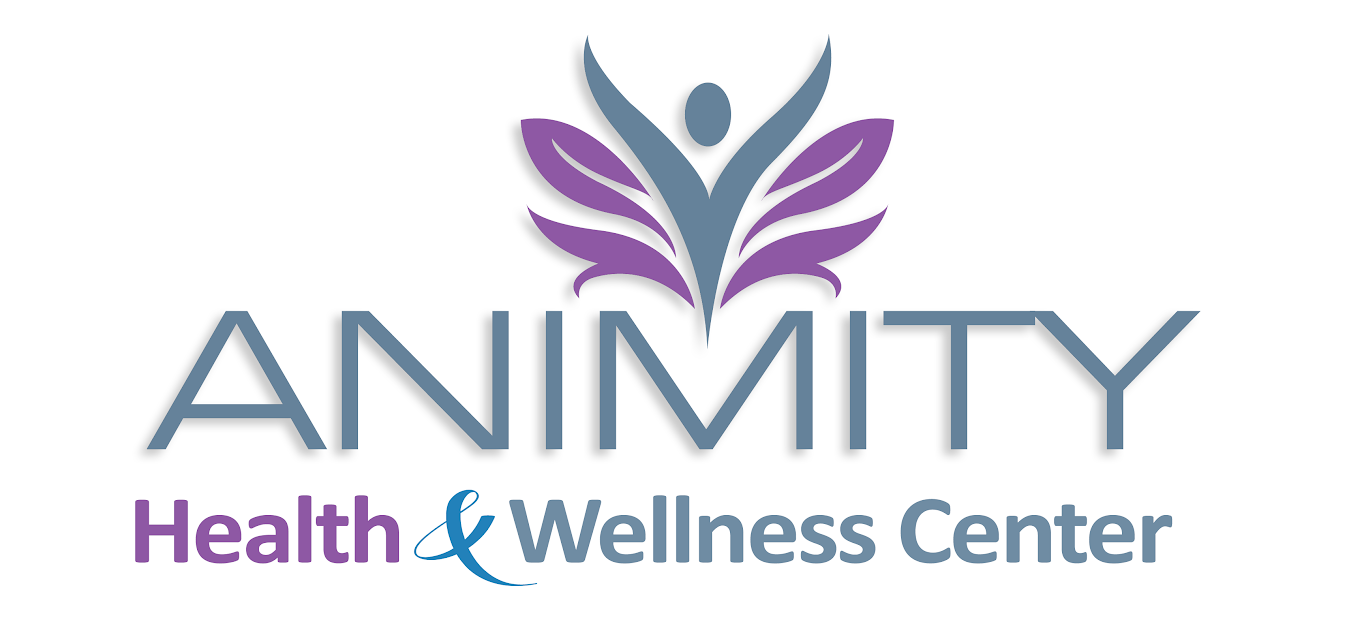Finding Calmness by Moving to the Heart
By Dr. Victor Schueller | health
I sure wish I would have known twelve or thirteen years ago what I have learned by now. Back then I was right in the middle of the most challenging and trying years of my life. Putting in well over twenty credits a trimester, I was immersed in the rigorous curriculum of chiropractic school. Many people have equated going through that type of schooling with putting your mouth over a fire hydrant and turning it on. You know you’re getting a lot, but you’re not sure what you’re really soaking up (no pun intended).
I battled anxiety and I was stressed out a lot. It wasn’t unusual for us to have about a one to two-inch stack of papers to study for one exam, and then after finishing that exam, another exam one or two days later, which also had it’s own one to tw0-inch stack of papers to study! All of our exams carried high consequences for failure too — if you failed one exam, you had to basically repeat the whole semester once again. To say things were a bit “tense” would be an understatement!
Even though I have moved on (successfully) from that type of life and stress, there still are other stressors that I encounter on a regular basis, and I know you do too. We all have commitments and responsibilities, and sometimes with those come stress and anxiety at times. It’s hard to know what to do to get past those feelings. It’s not easy.
One thing I have found is that if I can move out of my head and into my heart I can ease the emotions associated with stress and anxiety. You see, when we get stressed, it activates the stress-responsive mechanism in our nervous and endocrine systems called the “HPA (hypothalamic-pituitary-adrenal) axis.” When this mechanism becomes activated, it calls for the release of a short-term stress hormone called “adrenaline” (also known as epinephrine) and the body becomes activated to either run from danger or fight for preservation of life.
The negative side effects of this mechanism when we are not facing life-threatening situations is that our heart rate increases, our breathing rate increases, our pupils dilate, and the blood is shunted from our digestive organs to our muscles. We also cut off support of our body’s defenses, and so our immune system is weaker.
One great way to break this cascade of events is by staying present. One of the easiest ways to stay present, according to Rick Hanson, author of Hardwiring Happiness,” is to be aware of the positive experiences when they occur, stay in them for about 20 to 30 seconds, and just take it all in for that time period. Just focus on those positive feelings (I had the pleasure of interviewing Rick late last year, and if you’d like to hear his awesome interview, just click here).
I’ve found that when I practice what Rick suggests, I get a very warm feeling that seems to come from the area of my heart. It’s a wonderful feeling. Rick suggests that once you create that feeling and let it sink into you, you can always go back to it as a “reference point” when you need to.
The way I look at this, and ask you to try applying it, is that when you start to feel that overwhelm, stress, or anxiety, go back to that “anchor.” Go back to that warm, loving, happy feeling in your heart. Just concentrate on that positive feeling and let it sink in once again. By focusing only on this positive feeling, you will move from the anxiety caused by focusing on the past and the future and simply remain in the present and the “now.”
Continue to focus on the positive feeling. Feel it in your heart. Let it warm you as you think of that wonderful experience. Feel as that warmness calms you and brings you serenity and inner peace.
When you can move to your heart and enjoy the feelings of love and warmth and pleasure, you have a much better opportunity to find the calm and serenity you desire when you need it the most.
Give it a try, and let me know how it works for you! I’d love to hear from you!
Photo: http://www.sxc.hu/profile/Ayla87



